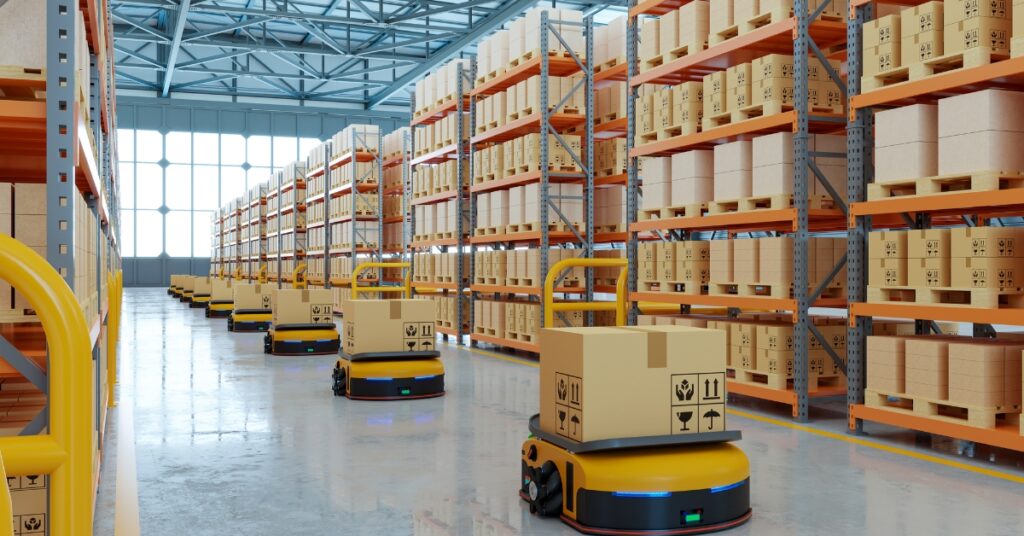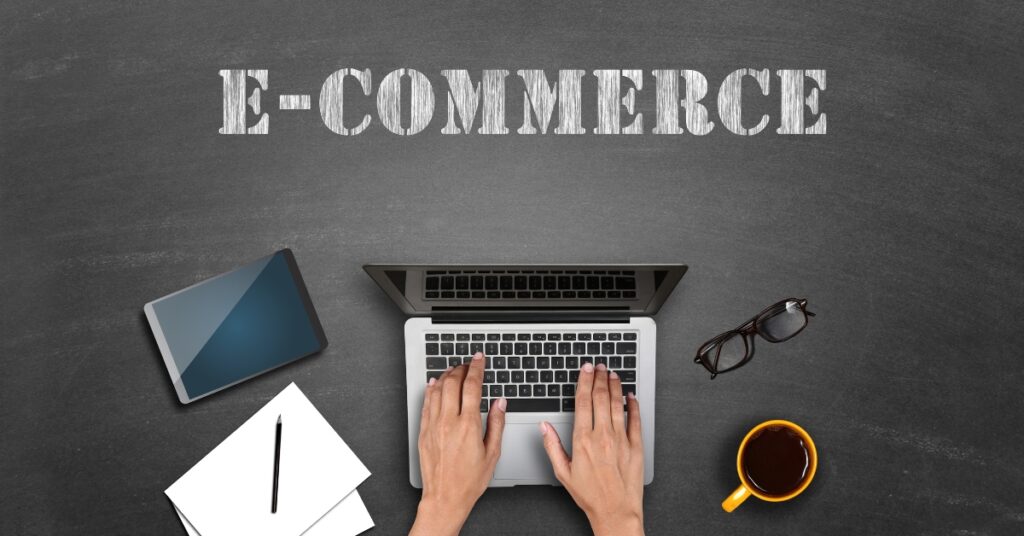In this fast-moving and highly globalized world of business, logistics management is becoming increasingly important. Be it international supply chain or local e-commerce company, it’s logistics that makes or breaks any business organization. Logistics management includes much more than just transferring goods from point A to point B. Rather it’s a strategic function which needs to be taken into account at each of the aspects of customer satisfaction, operational efficiency, and profitability.
Logistics Management: Full Guide
Efficient movement and storage of goods, services, and information from the point of origin to the consumption point, planning, implementing, and controlling are parts of logistics. It is one of the components of Supply Chain Management (SCM).
The primary functions in logistics are Transportation Management Warehousing Order Satisfaction Management Control of Inventory Customer Service
Objectives of Logistics Management
The purposes or goals of logistics management are:
- Lower Operational Costs Maximize Efficiency Improvement in Delivery Times Greater Customer Satisfaction Inventory Accuracy Optimize Resource Usage
- It thus is the suitable logistics design which has been established with modernizations of tools and adaptive formations of trends as they come about to achieve these goals.
Key Elements Of Logistics Management
- Inbound and Outbound Logistics: Inbound logistics refers to the process of receiving, storing, and distributing raw materials.
- The outbound logistics term deals with collection, maintenance, and distribution of finished products.
- Inventory Management: Inventory management involves maintaining stock levels at specified levels according to demand, without stockpiling excess inventory.
- Warehousing: Warehousing includes more than just the storage of goods; it involves real-time tracking, sorting, and integration into inventory and transport systems.
- Transport: This involves the choice of modes of transport (air, sea, road, rail), route management, fuel costs, maintenance of the vehicles, as well as delivery schedules.
- Order Fulfillment: Order fulfillment refers to the entire process of receiving orders from customers until the delivered goods reach them, considering the returns.
- Information Flow: Robust IT infrastructure that guarantees close visibility throughout the supply chain for better decision making and coordination.
Essential Strategies in Logistics Management
1. Just In Time
The JIT strategy is meant for the minimization of inventory costs by receiving goods only whenever they have a requirement at that location; this has been proved quite good, but requires good forecasting and much-reliable suppliers.
2. Lean Logistics
Availability of all cases of the logistics chain removal of waste in this strategy, techniques such as load planning, route optimization, and idle time reduction.
3. Third Party Logistics
That is why many companies are entering into partnerships with third-party providers, thus allowing for scaling operations without needing too much investment in the fixed logistics structure and increasing access to expert knowledge.
4. Multi-Model Transport Strategy
Their business now would optimize costs and speeds through different markets by availing air, rail, sea, and road transport.
5. Reverse Logistics
Reverse logistics is about returning products, recycling, and disposal. It concerns sustainability and affects customer satisfaction.
Top Logistics Management Tools and Technologies
1. Transportation Management Systems (TMS)
TMS is software to route plans and choose carriers, audit freight, and track shipments. Popular ones are:
- Oracle Transportation Management
- SAP TMS
- Manhattan Associates
2. Warehouse Management Systems (WMS)
WMS software manages warehouse operations like picking, packing, and stock tracking or space optimization.
- NetSuite WMS
- Fishbowl
- Infor WMS
3. Enterprise Resource Planning (ERP)
With the integration of logistics with other business processes such as finance, HR, and procurement, ERP systems provide integrated systems to ensure an uninterrupted flow of data across the enterprise.
4. RFID and Barcode Scanning
Very advanced technologies that allow accurate tracking of inventory levels with minimal human data-entry errors.
5. Fleet Management Software
It tracks parameters such as vehicle performance, driver behavior, fuel consumption, and routing efficiency.
6. AI and Machine Learning
AI tools that enable predictive analytics of demand forecasting, warehouse robotics, and risk detection.
7. Internet of Things (IoT)
IoT-enabled devices track cargo in real-time, monitor temperature for perishables, and alert for proactive maintenance.

Current Trends in Logistics Management
- 1. Automation and Robotics
- From animating your house chores and warehouse environment to doing transportation with self-driving trucks, drones, and robotic arms, the gadgets are fast and accurate and enhance efficiency.
- 2. Sustainability Initiatives
- Greener logistics would cover more and more realizations such as electric vehicles, reusable packaging, or carbon-tracking, and they have all become norms.
- 3. Omnichannel Fulfillment
- With consumers buying from multiple channels (online, mobile, in-store), the logistics must adapt to have the ability to get fast and precise delivery.
- 4. Blockchain in Logistics
- Blockchain provides transparency in contracts within logistics, higher security, less fraud in tracking systems, and many others.
- 5. Same Day and On-Demand Delivery
- Customer demands drive the way companies optimize last-mile delivery as well as develop real-time delivery options.
- 6. Risk Management and Resilience
- COVID-19 taught the importance of supply-chain resilience. Companies are investing in diversified sources of supply and risk assessment tools.
Challenges in Logistics Management
- Surge in Fuel and Tire Prices: Overhanging market fluctuations seriously affect the bottom-line margins.
- Labor Shortages: Shortages of skilled drivers and warehouse employees are quickly becoming a major issue facing the world today.
- Global Supply Disruptions: Natural disasters, pandemics, and geopolitical events create disruptions to the logistics industry.
- Customer Expectations: Today, meeting the demand to deliver fast, transparent, and error-free in execution is a much greater challenge than before.
- Data Overload: Managing and analyzing enormous volumes of logistics data with powerful systems requires very skilled manpower as well.
Best Practices in Making Logistics Management Effective
- Implement End-to-End Visibility: Monitor every portion of your entire supply chain via real-time dashboards and tracking tools.
- Optimize Route Planning: Also, affordably to the software, it finds a route that minimizes travel time between point A and point B while avoiding delays on the way and consuming less fuel.
- Train Your Staff: Trained workers will be able to implement and use new technologies and workflows more easily.
- Build Strong Relationships with Vendors: Reliable suppliers and carriers are the cornerstone of a smooth logistics operation.
- Focus on Last Mile: Localization of an optimized route and enhanced performance of delivery notifications to the customer.
- Monitor KPIs: Monitoring such performance indicators as on-time delivery, order accuracy, and inventory turnover will set the standards by which success or failure is measured.
Benefits of Adequate Logistics Management
- Lower Cost: By removing non-value-adding actions within operations, costs are decreased for waste, transportation, and storage.
- Higher Customer Satisfaction: Fast and reliable delivery develops loyalty toward the brand.
- Higher Operational Efficiency: Operations become smooth and do not get delayed or bottlenecked.
- Competitive Edge: An agile logistic framework may become a significant differentiator in today’s marketplace.
- Scalability: All logistic processes help to grow without compromising service.
Future Projections: Logistics in 2030 and Beyond
Organizations would witness hyper-automation and AI-driven decision-making capabilities, along with sustainability, as the key characteristics defining logistics management in the new day. The rise of innovations like autonomous vehicles and digital twins in predictive supply chains will completely modify how goods move globally. Thus, the companies investing in future-ready logistics architecture today will dominate tomorrow.
Conclusion
Logistics management constitutes one of the most important aspects of running a successful business. With the upsurge in global trade and the increasing demands of customers, effective logistics will soon become a competitive advantage. Organizations can have efficient, agile, scalable, and future-proof logistics operations if they are equipped with well-planned strategies, cutting-edge tools, and timely trends.
FAQ: Logistics Management
Difference between Logistics and Supply Chain Management?
Logistics is concerned with the movement and storage of goods, while supply chain management includes the broadest view of the entire procurement-manufacturing-distribution network.
What are the four types of logistics?
The common types are as follows:
- Inbound logistics
- Outbound logistics
- Reverse logistics
- Third-party logistics (3PL)
What are the enhancements technology brings to logistics?
Improved visibility, decreased errors, automated repetitive tasks, and refined strategic decision-making based on real-time data at disposal.
Why is last-mile delivery important?
Last-mile delivery is crucial for customer satisfaction; delays in that last mile bring about delays, extra expenses, and unsuccessful deliveries.



